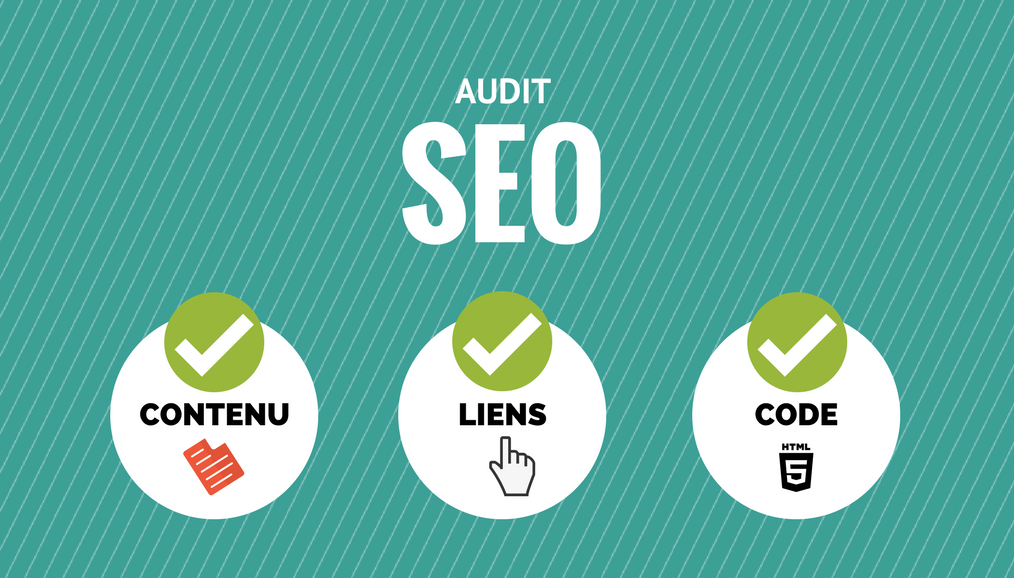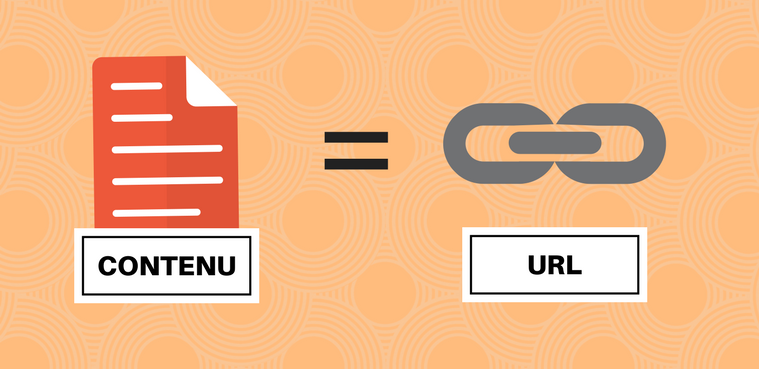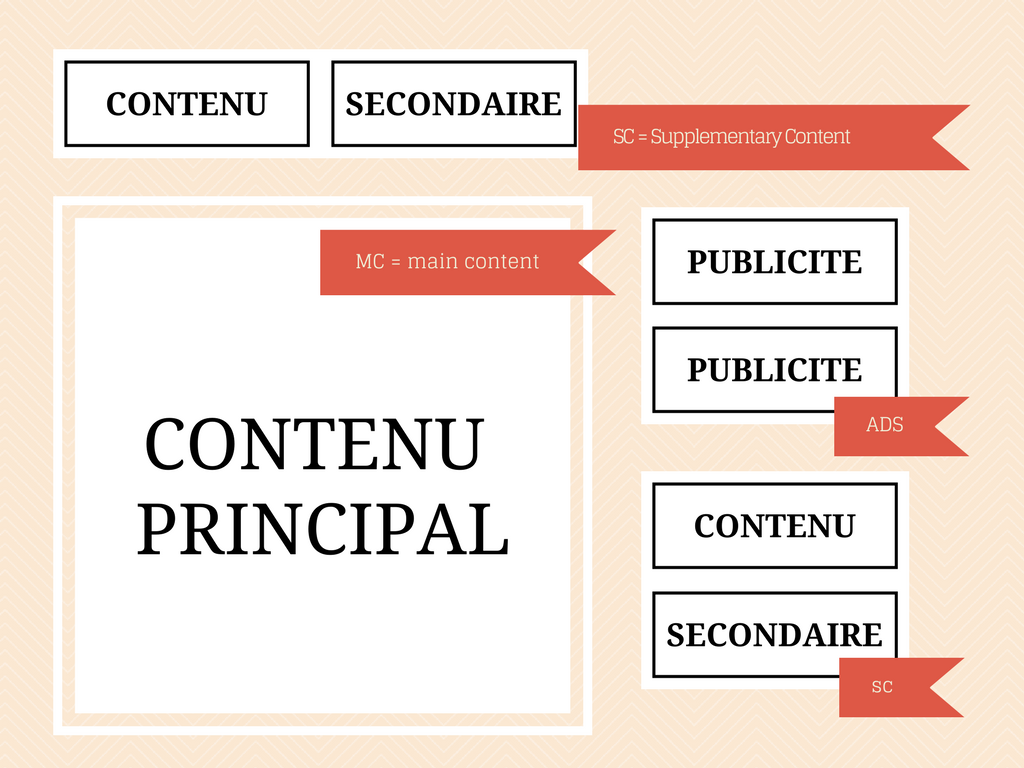The Latest Google Guidelines
SEO audit: what does Google tell us about the quality of a page?

Since 2013, Google has published a document called General Guidelines (formerly Quality Raters Guidelines) which is the official version of the guide for Search Quality Evaluators, these famous "human evaluators" whose existence is not in doubt but that no one has ever crossed In Real Life, confidentiality obliges ... This guide, which has just been updated, is used as a basis for auditing sites and determine the quality of pages and the relevance of their presence in the SERPs. It includes the main factors evaluated, positive or negative, to judge the quality of a web page. If it is obvious that everything is not included, and that we can not limit ourselves to these recommendations, it is nevertheless essential to reread its site under the light given by this "bible" to ensure that nothing has been left out.
"One content = one URL

A web page must have a "reason to be".
Yes, this is obvious, but it is interesting to note that Google insists on this point, specifying that its evaluators must understand without hesitation the purpose of the page. And the firm details the different purposes a page can have:
- Share information about a topic
- Share personal information
- Share photos, videos or any other form of media
- Expressing an opinion or point of view
- Entertaining the Internet user
- Sell products or services
- Allow users to ask questions of others
- Allow users to share or download files
Nothing very surprising here, but it should be read in the negative: all pages that seek to deceive the user, or even "disappoint" him by not meeting the stated objective by providing only fragmentary information will be penalized.
We find here the well-known axiom of webmasters and SEOs: one content = one URL
"Your Money or Your Life: further investigation of certain content"
Google has defined certain types of pages, grouped under the acronym YMYL, which concern health, finances or more generally the happiness of the Internet user. We will judge more strictly the commercial sites or whose contents are close to these fields:
- E-commerce sites or financial information or transaction sites
- Medical or legal information sites
- Sites to obtain official information or to inform citizens
- Any other YMYL topic: e.g. information on adoption, road safety, etc...
A very particular vigilance with the editorial and the layout will thus be of setting in the design of any site which could be considered YMYL.
The importance of layout
This is an interesting point highlighted in this document and Google groups two types of elements in this part: content elements and elements identifying the authors of the page and/or site.
As for the content: Google divides it into three parts: the main content (MC), the secondary content (SC), which corresponds to the menu and structural elements, and the advertisements (ADS). Of course, the MC must take precedence and be easily identifiable and nothing must be confusing: the ads in particular must be clearly identified and not try to blend in with the main content. Beware, therefore, of excessive graphic integration aimed at standardizing the various types of content.

But Google also insists on the identification of the site and its authors: Quality Raters must be able to directly access the homepage, the legal notices and any element allowing to identify the author and to determine his expertise. It is therefore important not to neglect the pages About us or Legal Notice which are sometimes of little immediate interest to the Internet user but have a definite value in the eyes of the algorithm.
Keep Calm and be Mobile
Be mobile
It has been said for several years but it is now set in stone: the mobile Internet is becoming more and more important and Google is giving more and more importance to the mobile version of websites.
The engine constantly adapts its results according to the context of the search: its geolocation but also the time of the search will influence the results. A query : hotel ParisA search made in Paris at 7pm will not give the same results as the same request made at noon from Toulouse. Far from a simple responsive version, it is therefore advisable to optimize the mobile version of its website (among others thanks to Rich Snippets) to benefit from this increased consideration of the mobile search context.
The determining factor: value your expertise
And work on your EAT
This is probably the most interesting point of this document, because it goes beyond optimization:
Google states that the first criterion for evaluating a site is the EAT of its author. EAT stands for Expertise, Authoritativeness, and Trustworthiness: Expertise of the author in the field of activity, Authority on the precise subject developed in the page and Reliability of the information provided.
Therefore, beyond the optimization of a website, everything should be done to enhance the reputation of a site and its author(s), on the web as well as via social networks.
If you want to know more about the best SEO practices to improve your positioning and protect you from any penalty, please contact our SEO experts
Source : Google General Guidelines (156 pages - English - updated May 2017)


